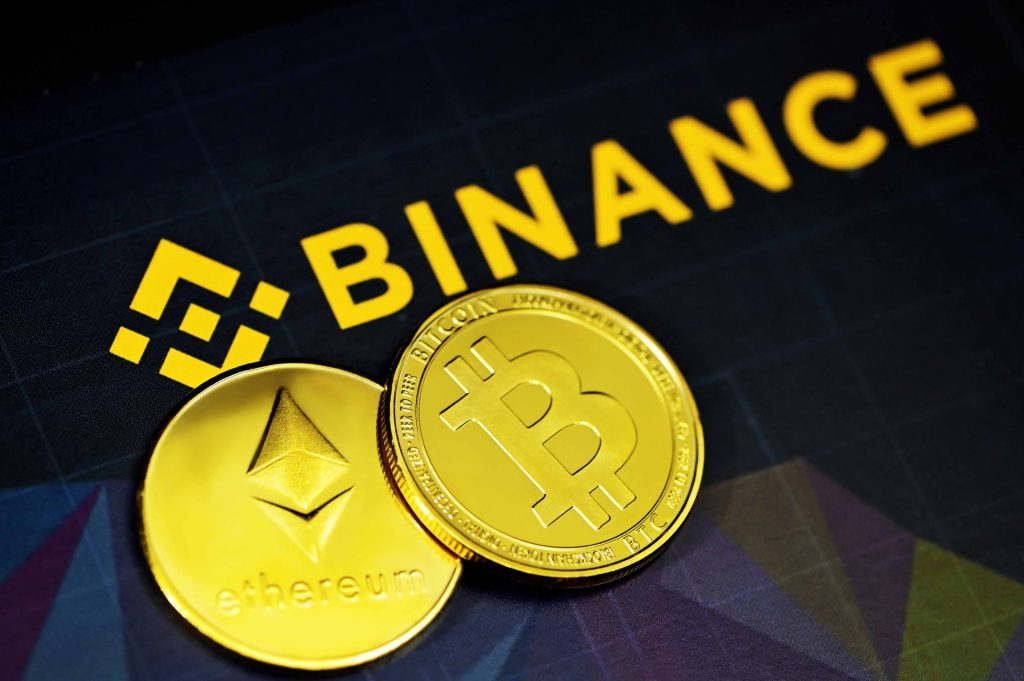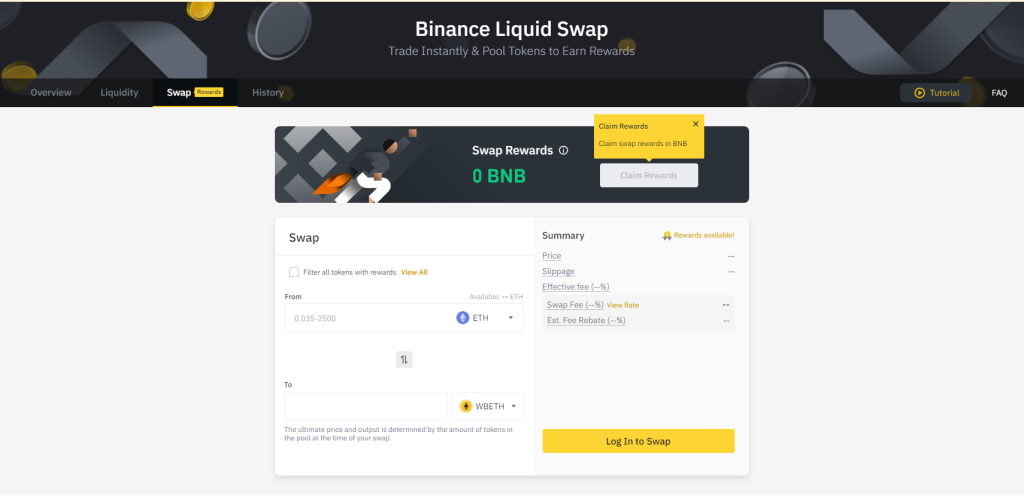
In recent years, decentralized finance (DeFi) has revolutionized the traditional financial sector by providing users with innovative ways to earn passive income and maximize their crypto holdings. One such method gaining popularity is swap farming, which allows users to earn rewards by providing liquidity to decentralized exchanges. In this blog post, we will delve into swap farming on Binance, one of the leading cryptocurrency exchanges, and guide you through maximizing your earnings.
Understanding Swap Farming

Before we delve into the details, let’s first understand swap farming. Swap farming is a form of liquidity mining where users provide liquidity to decentralized exchanges (DEXs) by depositing their crypto assets into liquidity pools. In return, users earn rewards through additional tokens, which can be utilized or traded.
The Benefits of Swap Farming on Binance
Binance, one of the largest and most popular cryptocurrency exchanges, offers several benefits for users engaging in swap farming. These include
- Access to a wide range of tokens: Binance provides a vast selection of tokens and trading pairs, offering users ample opportunities to diversify their holdings.
- Lower fees: Swap farming on Binance generally incurs lower fees than other DEXs, making it an attractive option for users looking to optimize their returns.
- Security and reliability: Binance is renowned for its robust security measures and reliable infrastructure, ensuring your funds and rewards are safe.
Selecting the Right Pools for Swap Farming
Choosing suitable pools is essential to maximize your swap farming rewards. Here are a few factors to consider
- Liquidity and trading volume: Opt for pools with higher liquidity and trading volumes to ensure your rewards are more consistent and potentially higher.
- Token selection: Look for pools with tokens that align with your investment strategy and have the potential for future growth.
- Impermanent loss mitigation: Some pools offer additional features to minimize the risk of impermanent loss, which occurs when the value of your deposited assets fluctuates significantly compared to holding them separately.
How to Start Swap Farming on Binance

Now that we understand the basics of swap farming and the benefits of utilizing Binance let’s dive into the step-by-step process of getting started.
- Create a Binance account: If you don’t have one already, sign up for a Binance account and complete the necessary verification steps.
- Deposit funds: Deposit your desired crypto assets into your Binance account. Ensure that you have a sufficient balance of the base and quote tokens for the liquidity pool you wish to participate in.
- Navigate to the DEX section: Once your funds are deposited, navigate to the Binance DEX section to access the decentralized exchange interface.
- Select a liquidity pool: Browse the available liquidity pools and select the one that suits your preferences. Take note of the pool’s annual percentage yield (APY) and any additional features it offers.
- Add liquidity: Click on the selected pool and choose the “Add Liquidity” option. Please specify the amount of each token you wish to deposit, ensuring it adheres to the pool’s requirements.
- Confirm the transaction: Review the transaction details and confirm the deposit. Wait for the transaction to be processed, which may take a few minutes, depending on network congestion.
- Monitor your rewards: You will earn rewards once your liquidity is added to the pool. Monitor your tips through the Binance interface and consider reinvesting or trading them per your investment strategy.
- Find more: HERE.
Managing Your Swap Farming Portfolio

To optimize your swap farming earnings, managing your portfolio is essential. Here are a few tips to consider
- Regularly review pool performance: Keep an eye on the performance of the liquidity pools you are participating in. Monitor factors such as APY, trading volume, and any changes in token value to ensure that your chosen collections still provide competitive rewards.
- Consider diversification: Just like any investment strategy, diversification is critical. Instead of concentrating all your assets in one pool, consider spreading your liquidity across multiple pools to minimize risk and maximize potential returns.
- Stay updated with market trends: Keep yourself informed about the latest developments in the cryptocurrency market. Stay updated on new token listings, upcoming projects, and any changes in market conditions that may impact your swap farming strategy.
- Adjust your portfolio: As you gain more experience and gather data on the performance of different pools, don’t hesitate to adjust your portfolio. If certain pools are consistently underperforming or new opportunities arise, reallocate your liquidity accordingly.
Risks and Mitigation Strategies
While swap farming can be a lucrative venture, it’s essential to be aware of the associated risks and implement strategies to mitigate them:
- Impermanent loss: As mentioned earlier, impermanent loss can occur when the value of the deposited assets fluctuates significantly compared to holding them separately. Consider pools that offer impermanent loss mitigation mechanisms or strategies to minimize this risk.
- Smart contract risks: Swap farming relies on smart contracts, which can be vulnerable to hacks or coding errors. Ensure that you only participate in pools and platforms that have undergone thorough security audits and have a proven track record of reliability.
- Market volatility: The cryptocurrency market is highly volatile, and token prices can experience significant fluctuations. Be prepared for potential losses and consider a long-term strategy that considers market volatility.
Tax Implications of Swap Farming
It’s important to note that swap farming activities may have tax implications depending on your jurisdiction. Earning rewards through swap farming may be considered taxable events, and it’s crucial to consult with a tax professional to understand and fulfill your tax obligations.
Conclusion
Swap farming on Binance offers users an exciting opportunity to earn passive income and maximize their cryptocurrency holdings. You can generate substantial rewards by understanding the basics of swap farming, selecting suitable pools, and actively managing your portfolio. However, it’s essential to be aware of the associated risks and implement mitigation strategies. Always stay informed, adapt to market conditions, and consult with experts when necessary. Happy swap farming!
Remember to conduct thorough research, seek professional advice, and only invest what you can afford to lose when engaging in swap farming or any other cryptocurrency-related activity.


